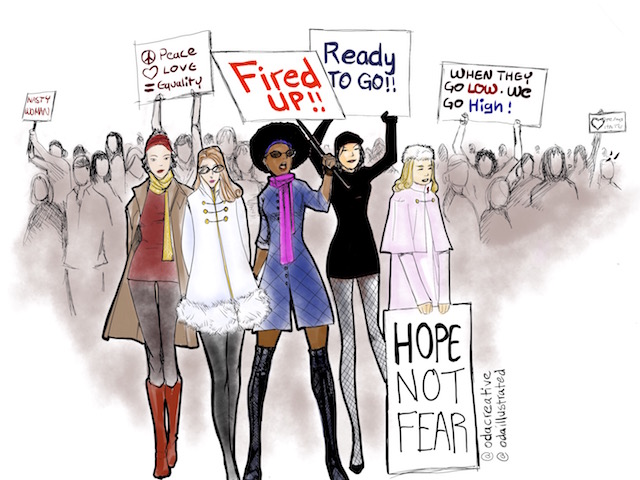
On January 21st the Women’s March on Washington DC gathered over 500,000 participants, three times more people than the inauguration of Donald Trump. Millions of citizens across the entire country filled their streets in support of women’s rights and gender equality, and numerous other crucial political topics in reaction to the incoming Trump administration – topics such as immigrant protection, minority & LGBTQIA rights, and health care.
This gathering is of historic proportions and has come a long way since the first women’s march on our nation’s capital in 1913 having drawn 5,000 participants fighting for women’s right to vote. Though we still have further to go, a lot of progress has been made since that day, the most immediately obvious being that today’s marchers are both women and men – of all nationalities, ages, and social backgrounds.
The women’s march has been a continuous inspiration whose example has helped give voices to groups and causes that otherwise felt isolated and voiceless. From its example we see that equality is a right to us all regardless of where you come from or how you identify yourself, that you are not alone, and by standing united we can and will be heard.
The importance of instilling the concepts of equality at the youngest possible age was well represented during the march. Young girls and boys “stood” tall on their parents shoulders in support of a cause, learning the importance of exercising their democratic rights not just as United States citizens but as free living entities.
Even if you cannot read or write in a language other than the physical representation of baby-talk, you still have a right to be heard.
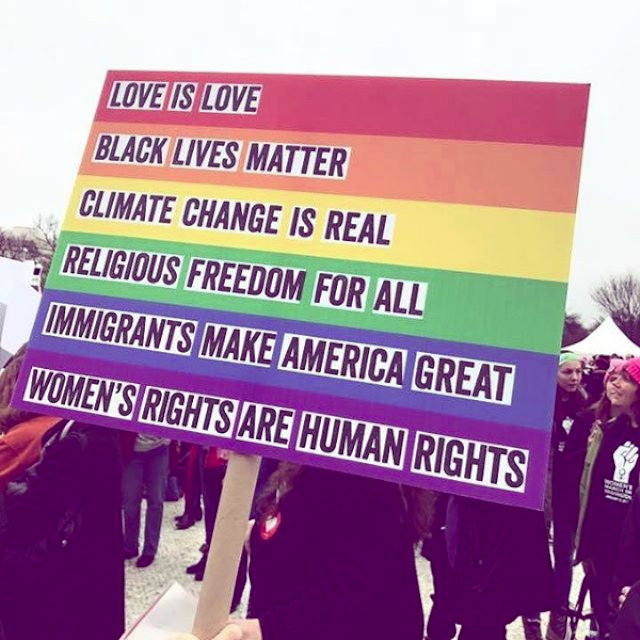
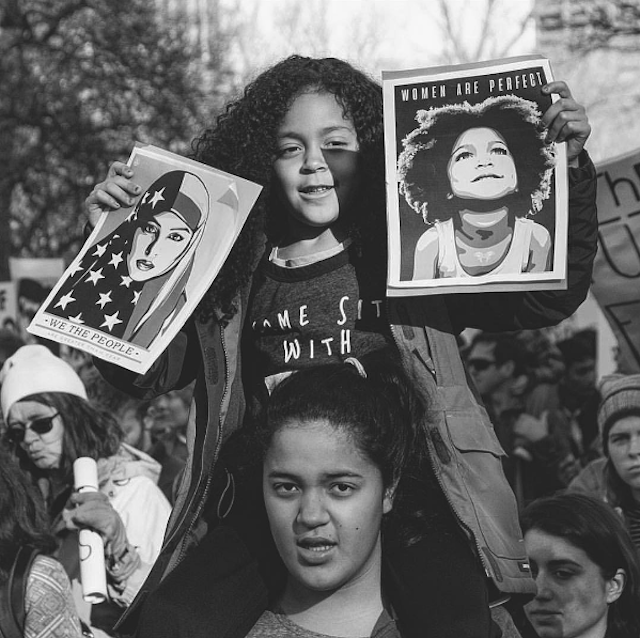
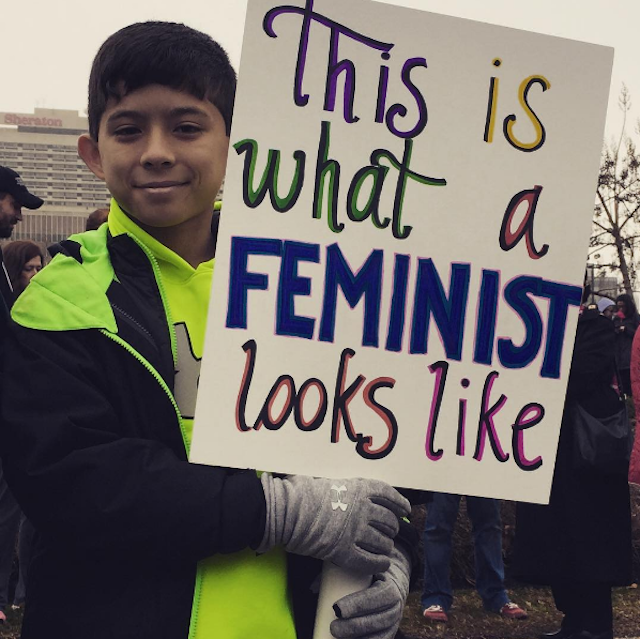

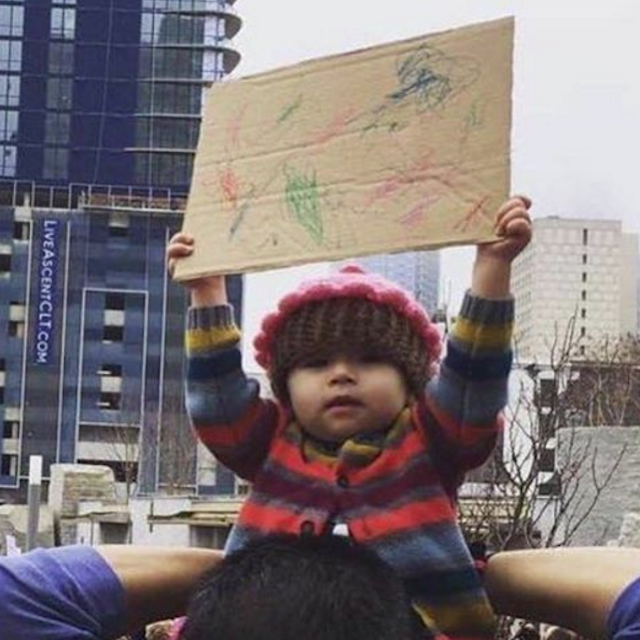
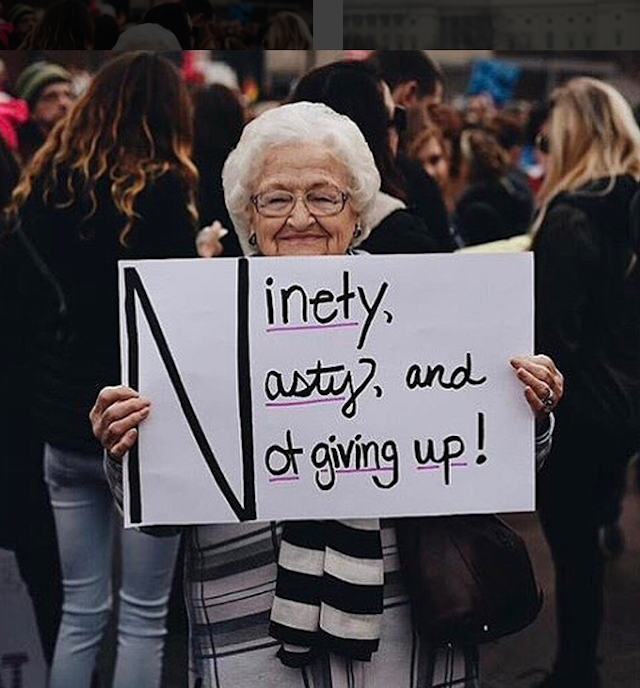
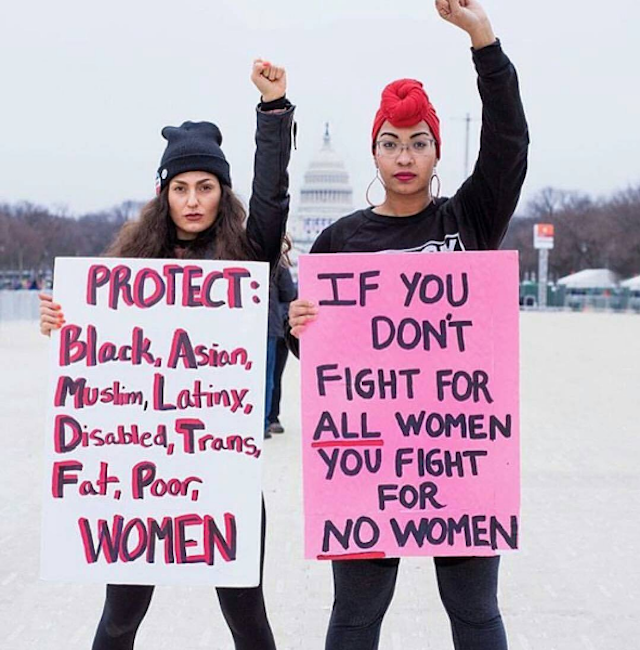

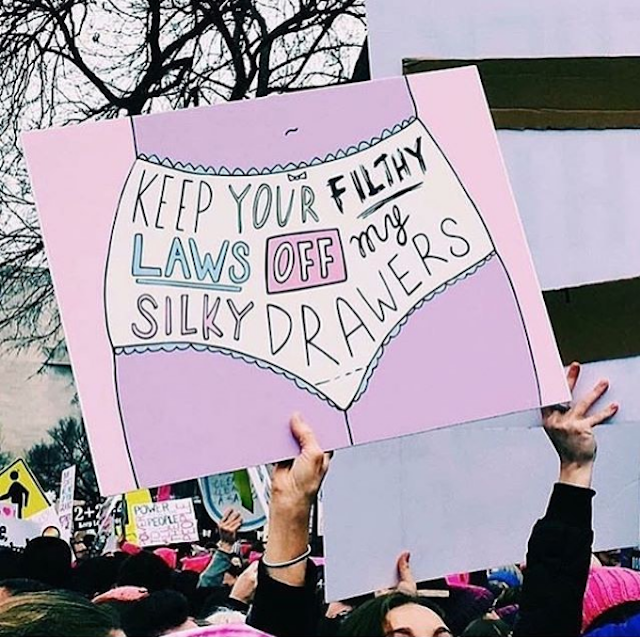
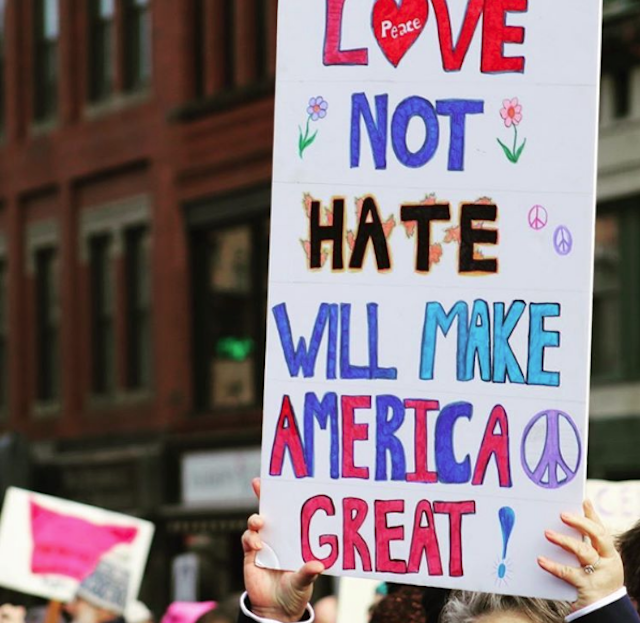
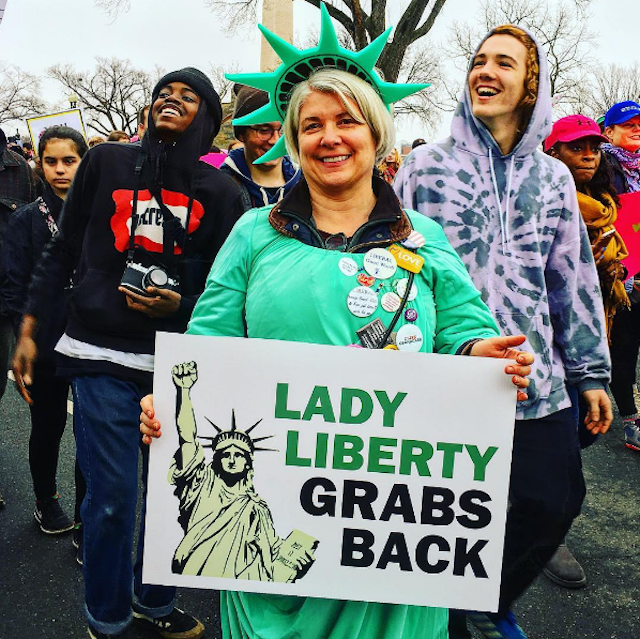
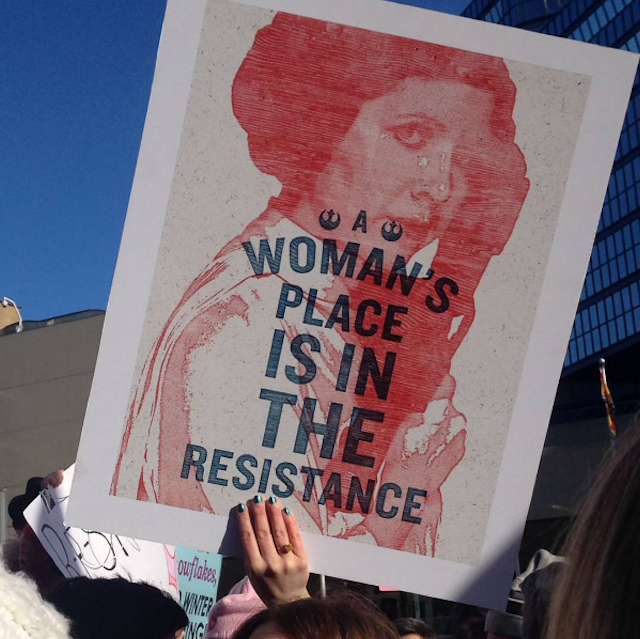
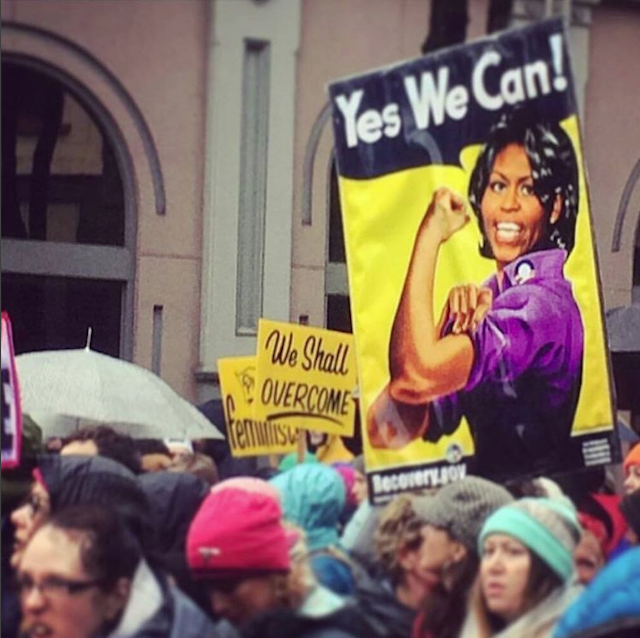





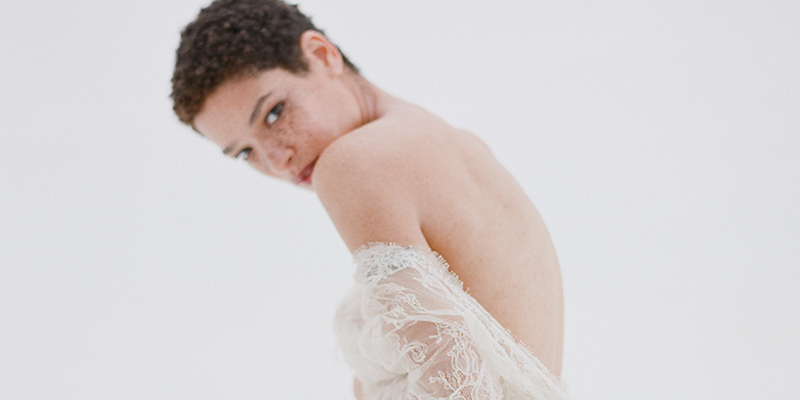
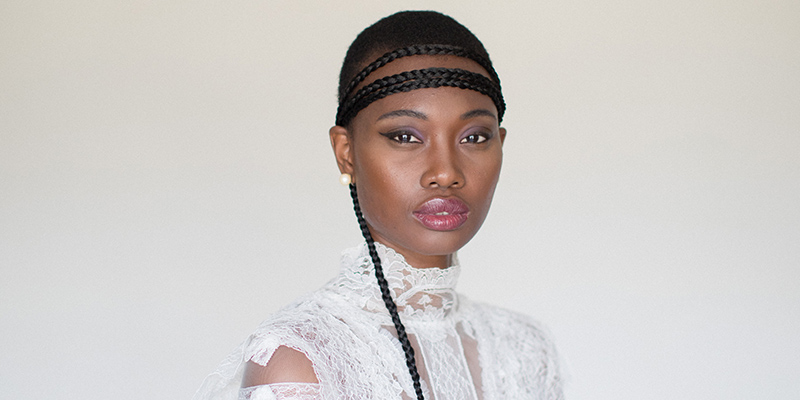
Leave a Reply